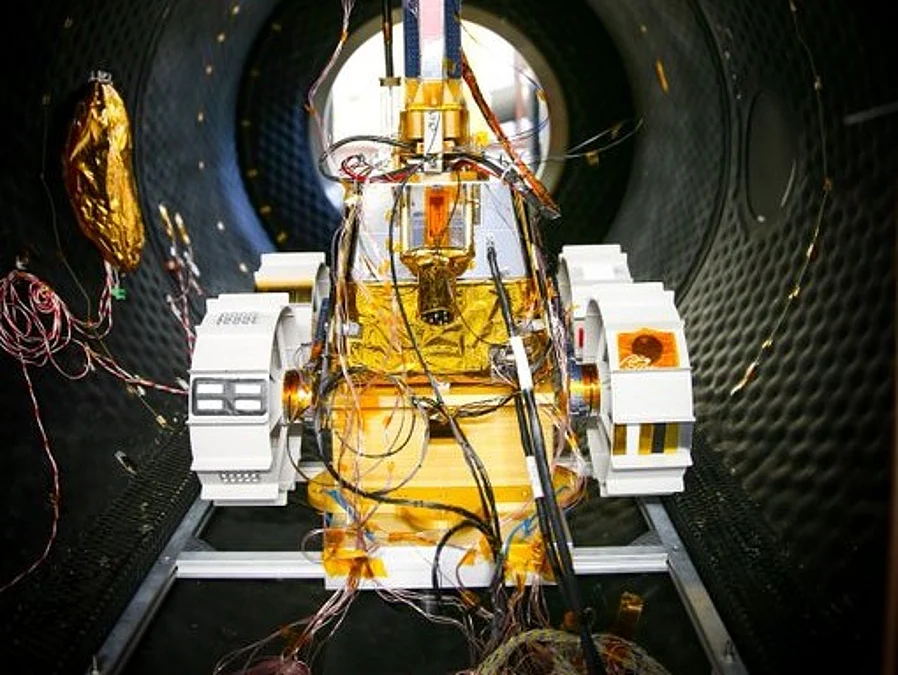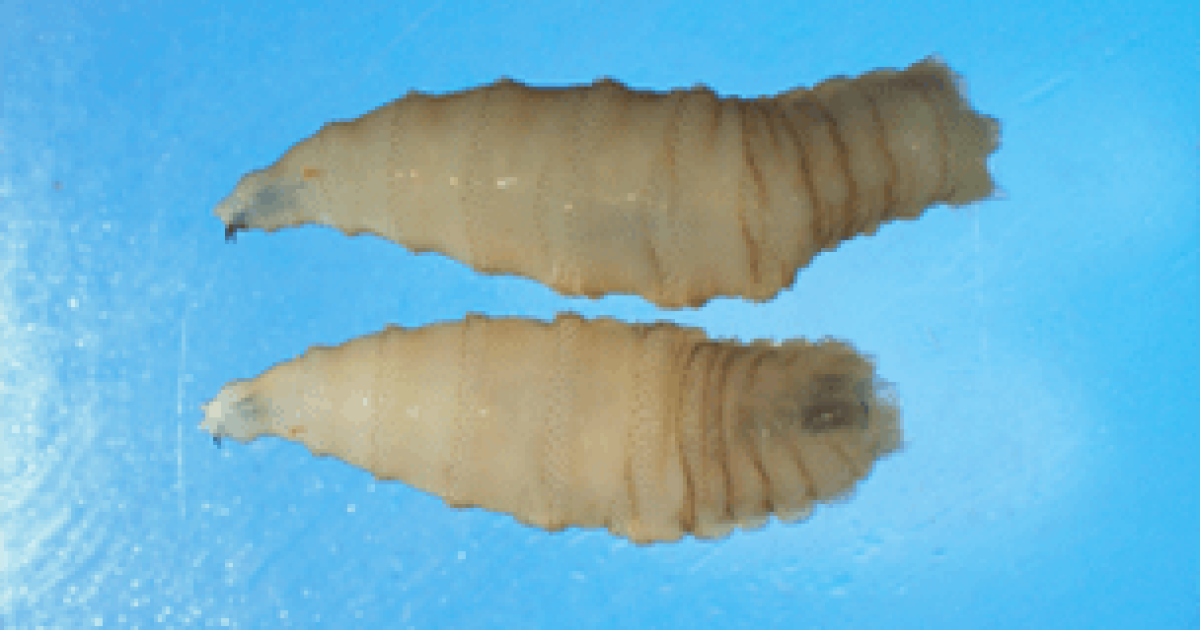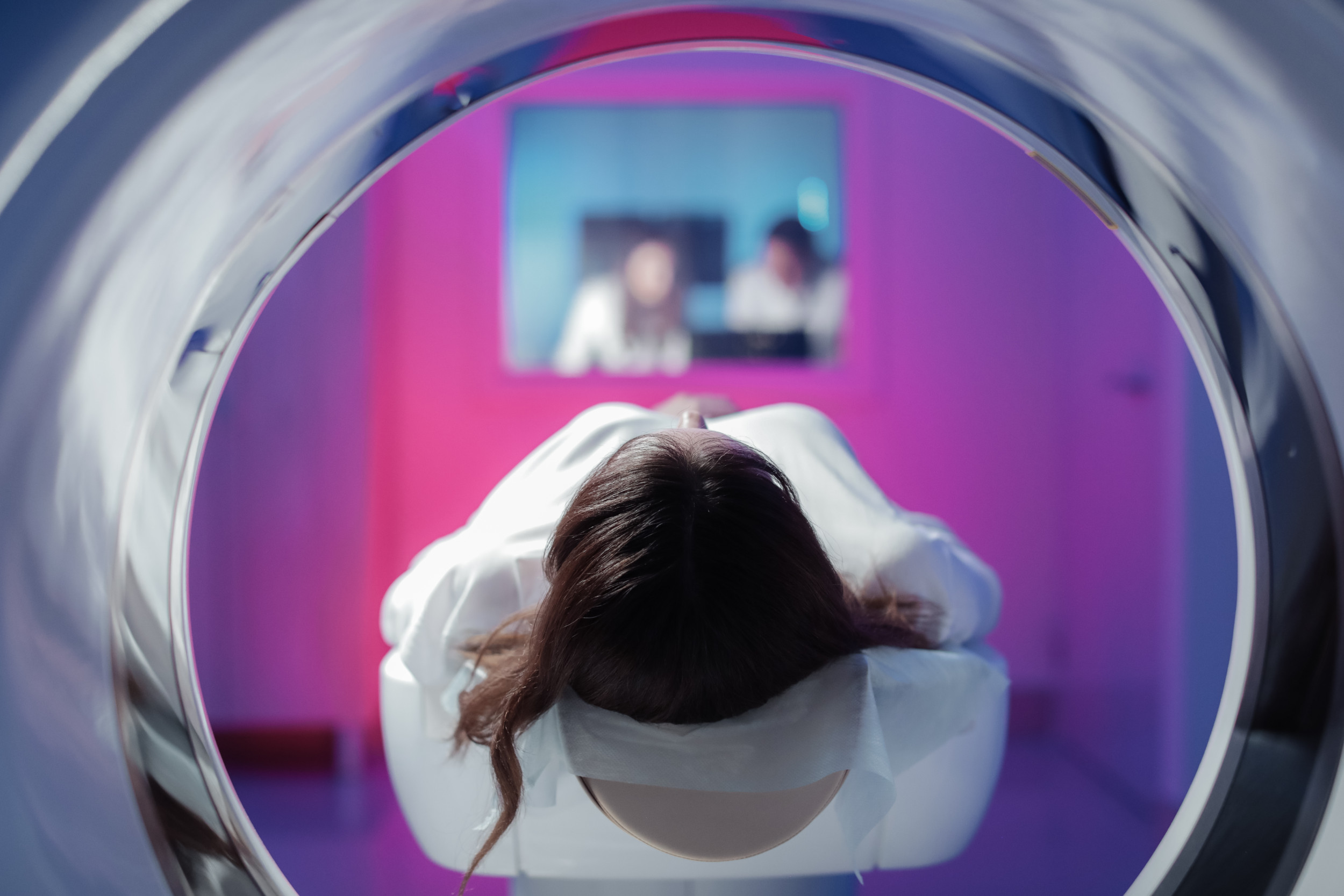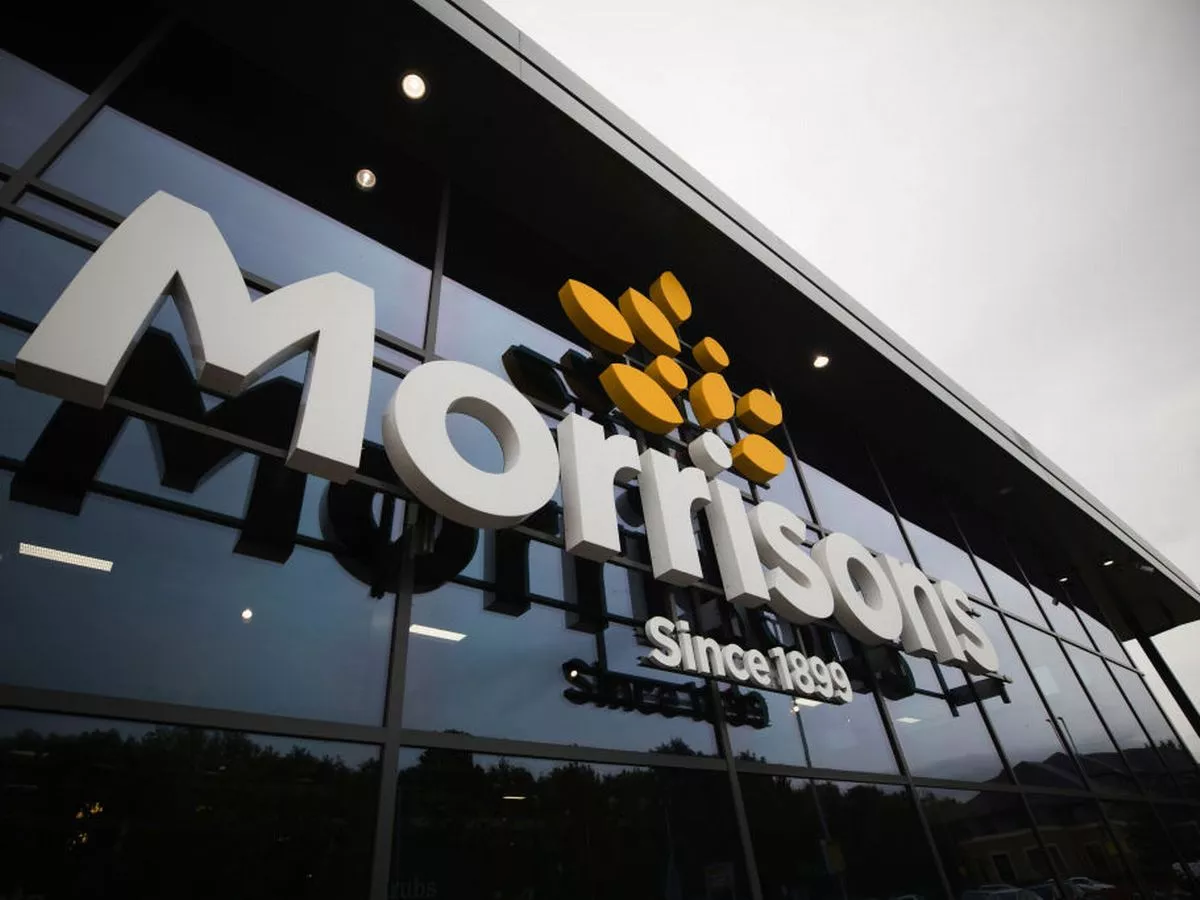UAE to the Moon: Rashid Rover 2 undergoes key lunar test, seals deal for high-tech cameras
By Sajila Saseendran
Copyright gulfnews

Dubai: The UAE is edging closer to making history as the second nation to land on the Moon’s far side, with Rashid Rover 2 undergoing critical thermal vacuum tests in France and securing advanced imaging technology for its 2026 mission.The Mohammed Bin Rashid Space Centre (MBRSC) in Dubai has strengthened its strategic partnership with the French space agency, CNES, as preparations intensify for the Emirates Lunar Mission’s second attempt to reach the lunar surface.The collaboration was formalised through a Memorandum of Understanding signed by Salem Humaid AlMarri, director general of MBRSC, and Lionel Suchet, executive vice-president of CNES, during the World Space Business Week held in Paris recently.French expertiseUnder the new agreement, CNES will provide two cameras and a CASPEX module, proven in previous space missions, to be installed on Rashid Rover 2. These cameras will equip the rover to deliver high-resolution imagery to support scientific objectives on the lunar surface.The collaboration also extends to image processing, with specialists supporting efforts to ensure the highest quality of data, which will be critical to advancing lunar research.CNES recently hosted the Rashid Rover 2 teams in Toulouse, where the rover underwent thermal vacuum (TVAC) testing to simulate lunar environmental conditions. These tests ensure that the spacecraft and its subsystems can operate effectively in the extreme temperatures and vacuum of the Moon..Mission objectivesSheikh Hamdan bin Mohammed bin Rashid Al Maktoum, Crown Prince of Dubai, Deputy Prime Minister, Minister of Defence, and President of MBRSC, had earlier this year witnessed the signing of a strategic agreement between MBRSC and Firefly Aerospace, under which the latter is set to provide the lunar lander to deploy Rashid Rover 2 to the far side of the Moon.MBRSC has set out a series of ambitious scientific objectives for Rashid Rover 2, which will demonstrate mobility on the far side of the Moon. Operating in this region brings unique challenges due to its rugged terrain and limited communications, making the mission a significant step forward in lunar exploration.One of the key experiments will focus on material adhesion, where the rover’s wheels will be fitted with different materials to test their resistance to lunar dust. The results will help inform the development of technologies vital for future missions, including spacesuits, surface habitats, and other infrastructure.Advanced instrumentsRashid Rover 2 will also be equipped with other advanced scientific instruments to study the lunar plasma environment, geology, and thermal conditions. The rover will analyse soil properties, surface temperature variations, and the lunar photoelectron sheath, generating data that supports future in-situ resource utilisation and deeper space exploration.In addition, a radio transmitter on board will enable communication with other payloads during the mission, broadening its scientific reach.The Emirates Lunar Mission is funded by the ICT Fund of the Telecommunications and Digital Government Regulatory Authority (TDRA), which aims to support research and development in the ICT sector in the UAE.”The Rashid Rover 2 mission is strategic for the UAE space sector, and with our partners, we want it to be an added value for the Moon exploration efforts globally,” said Al Marri..Historic missionRashid Rover 2 is set to make the UAE only the second country in history to attempt a landing on the Moon’s far side.Under a strategic agreement with Firefly Aerospace, Rashid Rover 2 will be deployed to the far side of the Moon on the American company’s Blue Ghost lander stacked on the Elytra Dark orbital vehicle.The rover will join Blue Ghost Mission 2, in 2026, which will be Firefly Aerospace’s second lunar mission, alongside payloads from Australia, the European Space Agency (ESA), and NASA.Second attemptThe Rashid Rover 2, the UAE’s second mission to the Moon’s surface, will demonstrate lunar surface mobility on the far side of the Moon and utilise various materials on its wheels to evaluate their durability when exposed to lunar dust.Rashid Rover 2 was announced by His Highness Sheikh Mohammed bin Rashid Al Maktoum, Vice President and Prime Minister of UAE and Ruler of Dubai, in April 2023 after Rashid Rover 1, the first Arab mission to the lunar surface, was lost along with the lander when the Japanese lander, the HAKUTO-R Mission 1, failed during its landing attempt.As reported by Gulf News in February last year, MBRSC had revealed that it would alter the landing site of its second mission to the Moon’s surface. The landing site of Rashid Rover 1, the Atlas crater — located at 47.5°N, 44.4°E, on the southeastern outer edge of Mare Frigoris (Sea of Cold)— had been chosen to maintain its flexibility during operations. .UAE: Sheikh Mohammed announces ‘Rashid 2’ moon rover.UAE: Meet the team working on Rashid 2 moon rover.UAE to the Moon again: Sheikh Hamdan announces Rashid Rover 2 launch by US company in 2026



